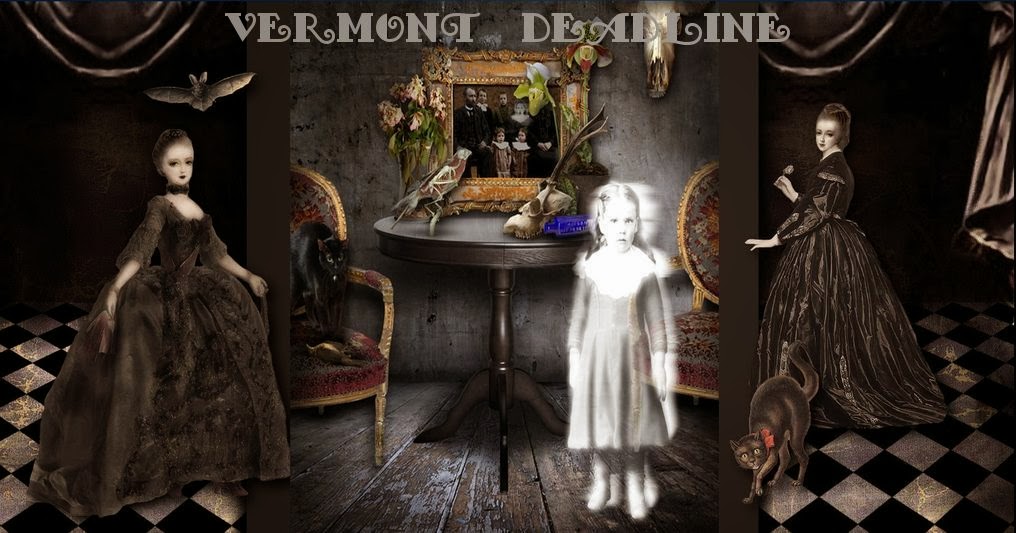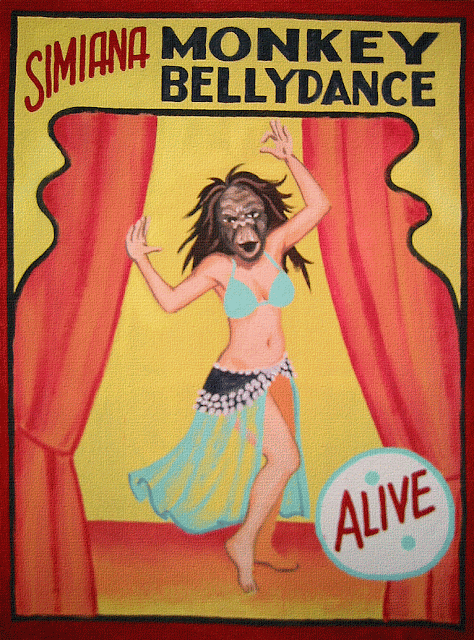My inspiration for this post? American Horror Story Freak Show, of course!
Looking at these vintage circus posters, I couldn't help but think of how politically incorrect these are, in today's standards. I also can't help but think that those who had deformities or strange abilities found there calling at the circus, and that today, we would simply turn our heads and pretend not to notice... but if it was not for the circus, many, who were most likely social outcasts would not have had much of a life. I can only assume that they found solace and a certain kinship with others under similar conditions, within the tents that they lived.
Yes, the following are real posters, for real living people and animals, and were advertised as "freaks" for [recent] decades.
The majority of these prints were made by the "Picasso of Circus Art", Fred G. Johnson, who made his career and became famous for painting side show banners. He actually worked for 65 years doing this, and for 40 of those years, he was employed by a Chicago company, by the name of O.Henry Tent and Awning Company (from approximately 1934 to 1974).
At 14 years old, (Fred was from Chicago) began running errands for the U.S. Tent and Awning Company, and a man named H.D. Cummings was seeking an individual to do menial labor and taught Fred to paint. Fred showed a talent for painting, and thus his career was established.
"Fred G. Johnson designed advertisements for the Century of Progress Exposition, the 1933 World’s Fair held in Chicago, the city’s old White City and Riverview amusement parks, traveling shows throughout the country, and all the great circuses, including Ringling Brothers, Barnum & Bailey and the Clyde Beatty Circus. His banners have been exhibited at the State of Illinois Building, some now hang in museums, and others were auctioned at Sotheby’s in New York." Source: cultofweird.com
As you will see from the pictures below, he derived inspiration from the actual people who were essentially "on display". But people weren't the only oddities he painted, as many animal "freaks of nature" also traveled with the circus, and thus, he painted banners for those, as well.
The painted banners were important advertising, as these are what drew crowds to the Circus.
He was the oldest living side show banner painter, and died in 1990, at the ripe old age of 98. His work can be seen today in Circus museums in Baraboo, Wisconsin and Sarasota, Florida.
Photo and image sources: "Pinterest" and "Cult of Weird"





















































